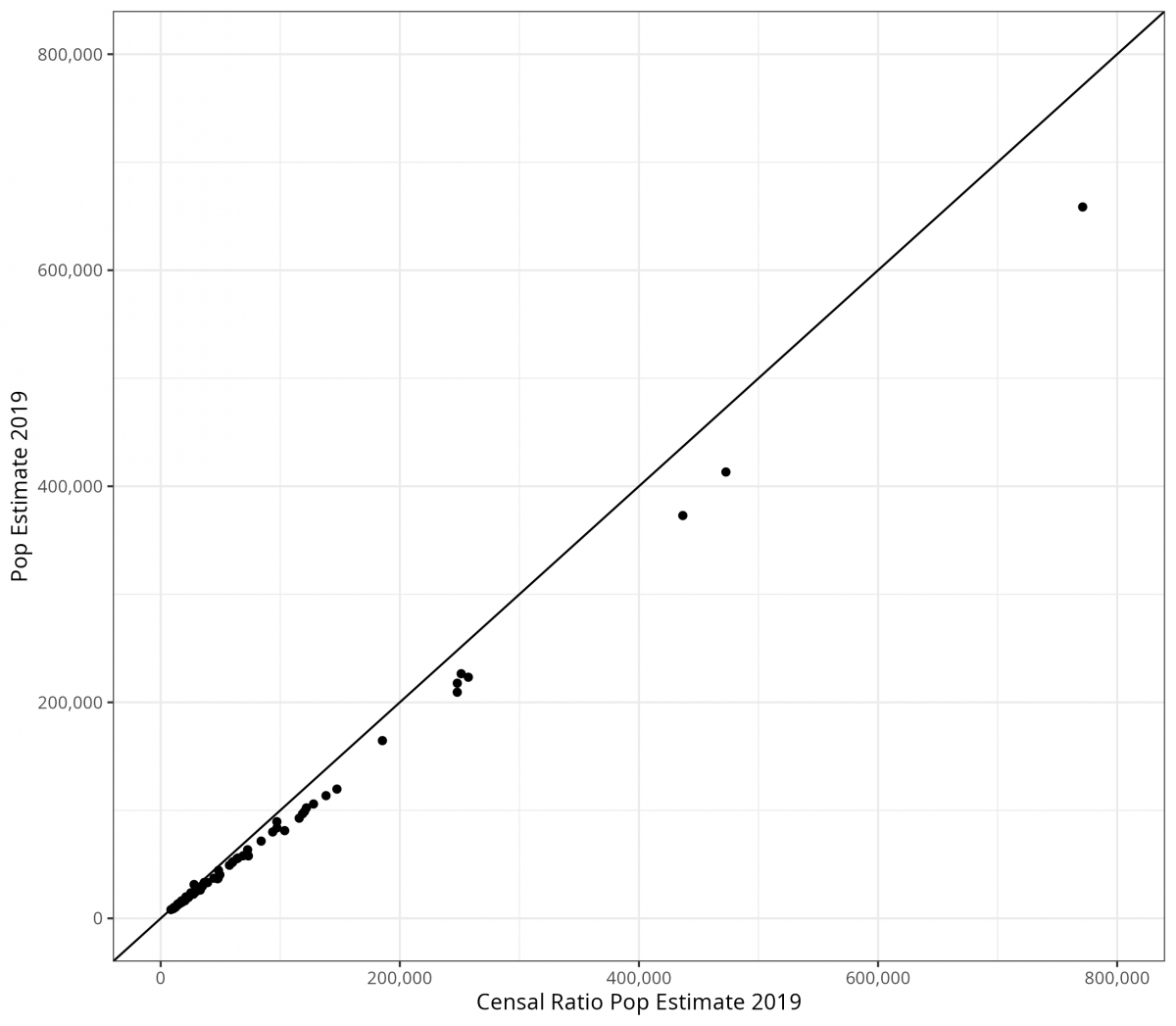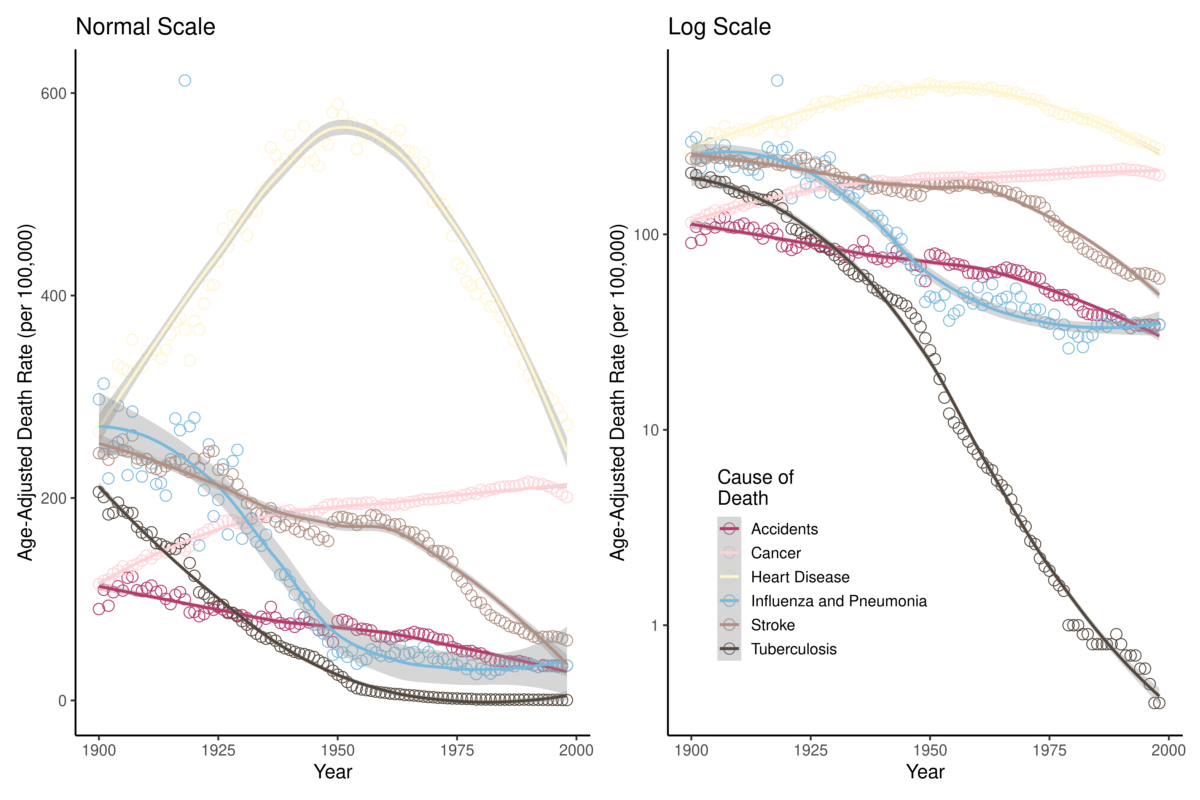Many researchers face challenges with computational reproducibility. For instance, running analysis code written just a year earlier can be problematic. Even if it worked flawlessly and gave the expected results earlier, it might fail due to errors now (see Fig. 1). These issues are typically due to the use of newer versions of analysis software…. Read More
Increasing the Lifespan of Software for Demographic Analysis

Expanding the Lifespan of Software for Demographic Analysis with Containers: An Application of Spatial Sampling

Introduction Software, such as specific R packages, evolve over time, which may prevent older analysis code from working as expected. For example, default values for arguments in a function can change. Therefore, for computational reproducibility, knowing which specific R and package versions were used to run the analysis is crucial. One popular solution in R… Read More
Unlocking Population Estimation Using Readily Available Data

Population estimation techniques rely on past population data, number of births, deaths, and migration. While various techniques have been used to accurately produce population estimates, the gold standard has been the cohort-component method. However, this method is limited by the fact that some populations may lack the appropriate indicators (e.g., births, deaths, or other changes… Read More
Unlocking Population Estimation Using Readily Available Data: Applying the Simplified Censal Ratio Method

Population estimation is generally a straightforward process: any population must result from a past population number plus the births minus the deaths plus the net migration. This cohort-component method is often considered the ‘gold standard’ for population estimation (Gerland, 2014). However, the components of change (births, deaths, migrants) used to forecast a future population are… Read More
Knowing and understanding change: Methods insights using historical pandemic data

Pandemic diseases, like COVID-19, have far-reaching effects that are difficult to identify or predict during the course of the pandemic itself. Case numbers and mortality due to pandemic diseases ebb and flow, but even after time has passed, it is useful to know (1) when the waves occurred, (2) if the pandemic disease had effects… Read More
Estimating time points of significant change in cause-specific mortality: Joinpoint regression in R

INTRODUCTION Those engaged in demographic research are often interested in how and why the vital demographic processes (fertility, mortality, and migration) change in response to certain ecological, cultural, or behavioral stimuli. Today, in the midst of a global pandemic event, epidemiologists and demographers may be interested in the ability to identify points over time during… Read More



